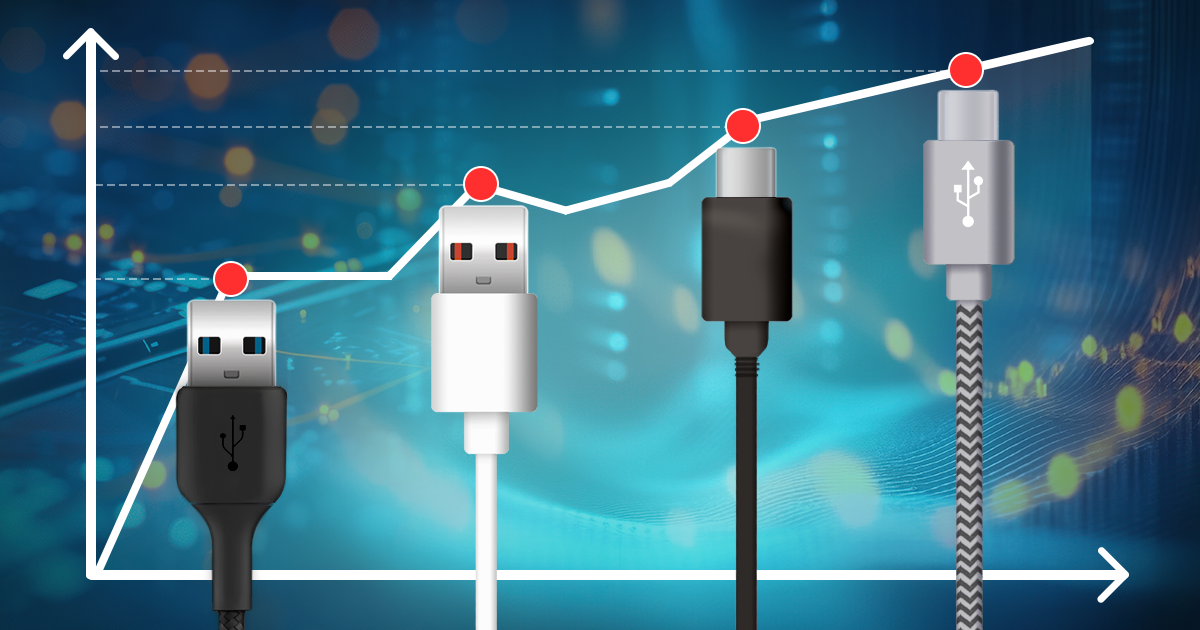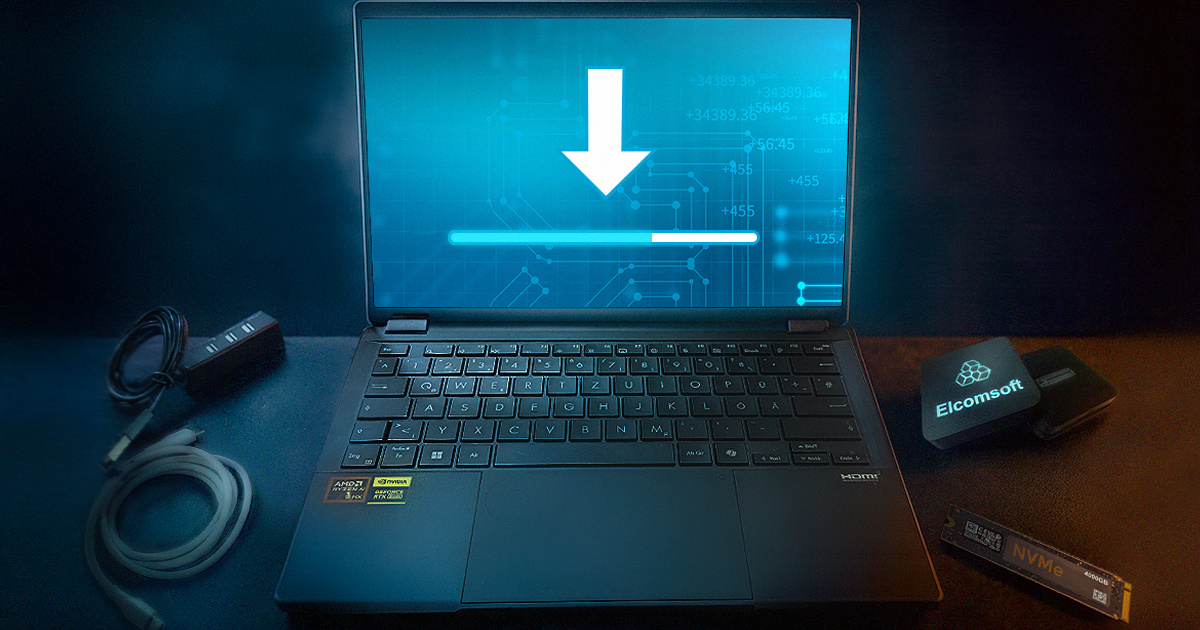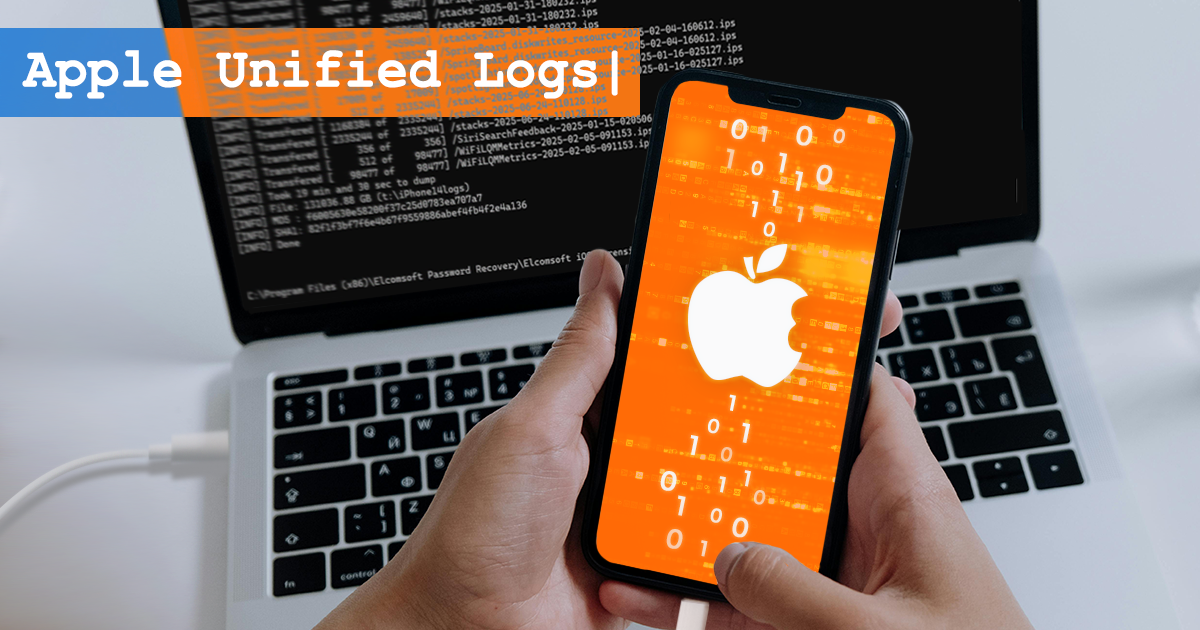We have exciting news: iOS Forensic Toolkit 8 is now available for Windows users in the all-new Windows edition. The new build maintains and extends the functionality of EIFT 7, which is now approaching the end of its life cycle. In addition, we’ve made the Toolkit portable, eliminating the need for installation. Learn what’s new in the eights version of the Toolkit!
In this tutorial, we will address common issues faced by users of the iOS Forensic Toolkit when installing and using the low-level extraction agent for accessing the file system and keychain on iOS devices. This troubleshooting guide is based on the valuable feedback and data received by our technical support team.
Have you ever tried to unlock a password but couldn’t succeed? This happens when the password is really strong and designed to be hard to break quickly. In this article, we’ll explain why this can be a tough challenge and what you can do about it.
We are excited to announce the release of an open-source software for Orange Pi R1 LTS designed to provide firewall functionality for sideloading, signing, and verifying the extraction agent that delivers robust file system imaging and keychain decryption on a wide range of Apple devices with iOS Forensic Toolkit. This development aims to address the growing security challenge faced by forensic experts when sideloading the extraction agent using regular and developer Apple accounts.
When it comes to iOS data acquisition, Elcomsoft iOS Forensic Toolkit is the top choice for forensic experts. Its cutting-edge features and unmatched capabilities have made it the go-to software for investigating iOS devices. In a recent update, we expanded the capabilities of the low-level extraction agent to support full file system extraction and keychain decryption on Apple’s newest devices running iOS 16.5. This achievement represents a breakthrough, as the delay between Apple’s iOS updates and our forensic software release has significantly reduced.
In the ever-evolving landscape of digital investigations, mobile forensics has become a critical aspect of law enforcement work. The challenges of extracting, handling, and analyzing data obtained from various sources have led to a growing demand for universal solutions. We’d like to emphasize the importance of every stage of mobile forensics, the significance of extraction, and the critical importance of expertise in this field.
Acquiring data from locked, broken, or inaccessible devices poses significant challenges. However, there are ways to retrieve valuable information from such devices by obtaining the data from iCloud, including old data that has been deleted with no chance of recovery. In this article, we will explore the classic acquisition methods available for iOS devices and focus on the crucial role of Apple iCloud in forensic investigations.
In the world of digital investigations, the sheer volume of data and the challenge of identifying valuable evidence can be overwhelming. Often, investigators find themselves faced with the need for optimization — the ability to quickly and seamlessly identify what is valuable and requires further examination. We aim to fulfill this need by introducing a new forensic toolkit in Elcomsoft System Recovery, a powerful bootable tool designed to speed up investigations, quickly identify and collect digital evidence right on the spot.
When it comes to iOS data acquisition, Elcomsoft iOS Forensic Toolkit stands head and shoulders above the competition. With its cutting-edge features and unmatched capabilities, the Toolkit has become the go-to software for forensic investigations on iOS devices. The recent update expanded the capabilities of the tool’s low-level extraction agent, adding keychain decryption support on Apple’s newest devices running iOS 16.0 through 16.4.
A while ago, we introduced an innovative mechanism that enabled access to parts of the file system for latest-generation Apple devices. The process we called “partial extraction” relied on a weak exploit that, at the time, did not allow a full sandbox escape. We’ve been working to improve the process, slowly lifting the “partial” tag from iOS 15 devices. Today, we are introducing a new, enhanced low-level extraction mechanism that enables full file system extraction for the iOS 16 through 16.3.1 on all devices based on Apple A12 Bionic and newer chips.


